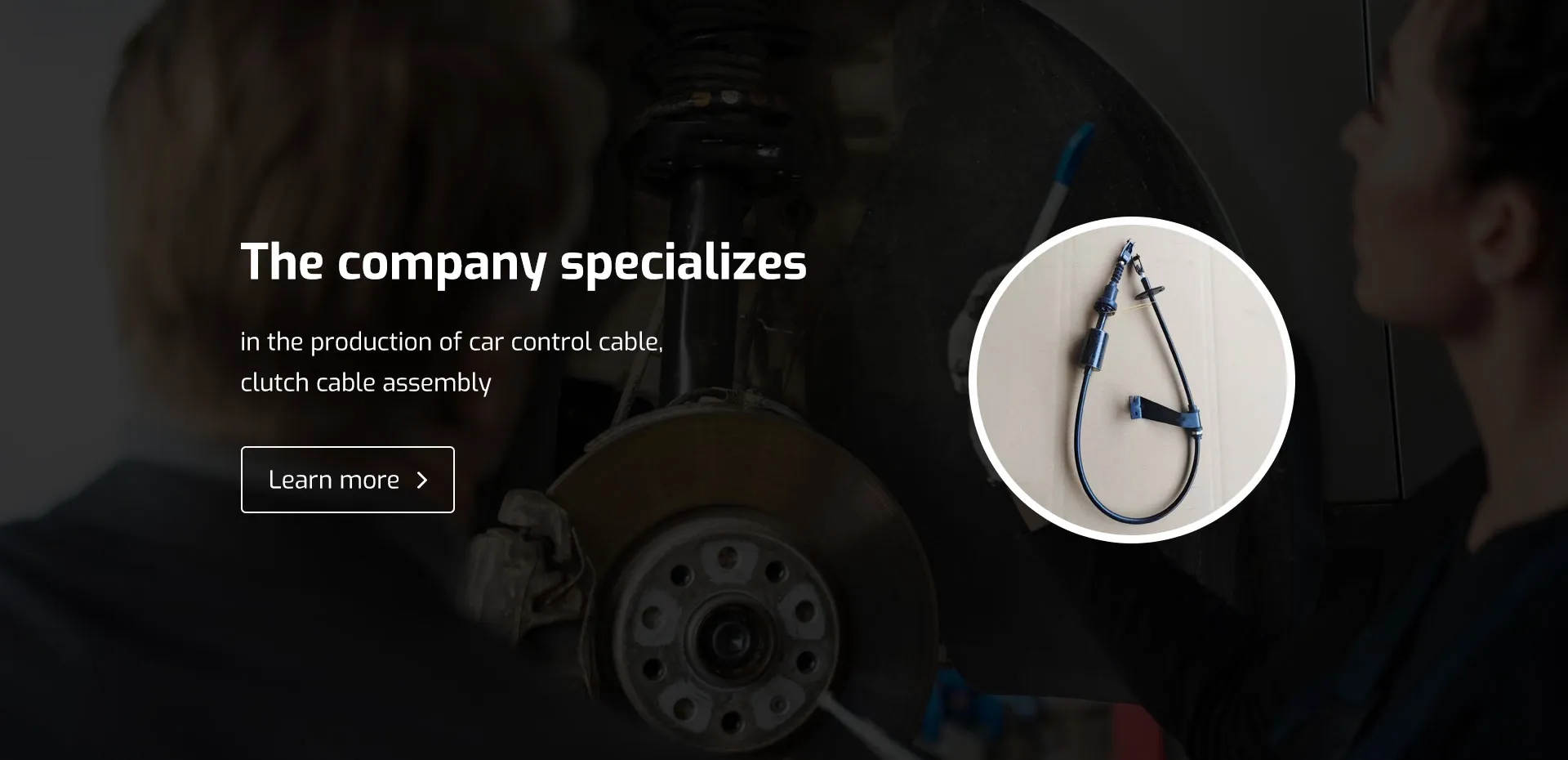Small Engine Throttle Cable Replacement and Maintenance Guide for Optimal Performance
Understanding Small Engine Throttle Cables
Throttle cables play a crucial role in the operation of small engines, commonly found in lawn mowers, chainsaws, generators, and other outdoor power equipment. These cables connect the throttle control to the throttle plate, allowing the operator to regulate the engine's speed and power output efficiently. Understanding the function, maintenance, and potential issues with small engine throttle cables can help users ensure their equipment operates optimally and lasts longer.
Function of Throttle Cables
At its core, the throttle cable is a flexible wire or cord that transmits movement from the throttle control handle to the carburetor or throttle body in the engine. When the operator pulls or pushes the throttle control, the cable moves, adjusting the throttle plate's position. This adjustment controls the amount of air-fuel mixture that enters the engine, thereby regulating the engine's speed.
For instance, in a lawn mower, increasing the throttle allows the engine to run at higher speeds, providing the necessary power to cut grass effectively. Conversely, reducing the throttle can conserve fuel and minimize engine wear during lighter tasks.
Maintenance of Throttle Cables
Proper maintenance of throttle cables is essential for safe and efficient operation
. Here are some steps users can take to maintain their throttle cables1. Regular Inspection Periodically check the throttle cable for signs of wear, fraying, or damage. Look for kinks, rust, or any signs of corrosion. A damaged cable can lead to erratic engine performance or, worse, an inability to control engine speed, posing a safety risk.
2. Cleaning Dirt and debris can accumulate on the cable and its sheath, causing friction and hindering movement. Use a clean cloth to wipe down the cable and a suitable lubricant to keep it functioning smoothly. Ensure that the lubricant is appropriate for use on cables, as some substances can attract more dirt.
small engine throttle cable

3. Adjustment If the throttle response is sluggish or unresponsive, the cable may require adjustment. Refer to the manufacturer's manual for guidelines on how to adjust the cable for optimal performance.
4. Replacement If a cable is excessively damaged or frayed, it should be replaced immediately. Replacement is generally straightforward and involves detaching the old cable and installing the new one according to the manufacturer’s instructions.
Common Problems with Throttle Cables
While throttle cables are generally reliable, several issues can arise that may impede their functionality
- Binding Over time, cables can become stiff or binding due to dirt accumulation or lack of lubrication. This stiffness can affect throttle response, making it sluggish or unresponsive.
- Disconnection Cables can become detached from either the throttle control or the carburetor. This disconnection will render the engine unusable until it is reattached.
- Stretching Throttle cables can stretch over time, leading to decreased responsiveness or required adjustments to maintain proper throttle control.
Conclusion
Small engine throttle cables are vital components that greatly influence the performance of outdoor power equipment. Regular inspection, cleaning, and maintenance are key to ensuring that these cables function smoothly and reliably. By understanding how these cables operate and recognizing the signs of wear or malfunction, users can take proactive steps to maintain their equipment, ensuring efficient operation and longevity. Whether you're a landscaping professional or a DIY enthusiast, keeping your throttle cables in good condition will help you get the most out of your small engine equipment.
-
Workings of Clutch Pipe and Hose SystemsNewsJun.04,2025
-
The Inner Workings of Hand Brake Cable SystemsNewsJun.04,2025
-
The Secrets of Throttle and Accelerator CablesNewsJun.04,2025
-
The Hidden Lifeline of Your Transmission Gear Shift CablesNewsJun.04,2025
-
Demystifying Gear Cables and Shift LinkagesNewsJun.04,2025
-
Decoding Clutch Line Systems A Comprehensive GuideNewsJun.04,2025
